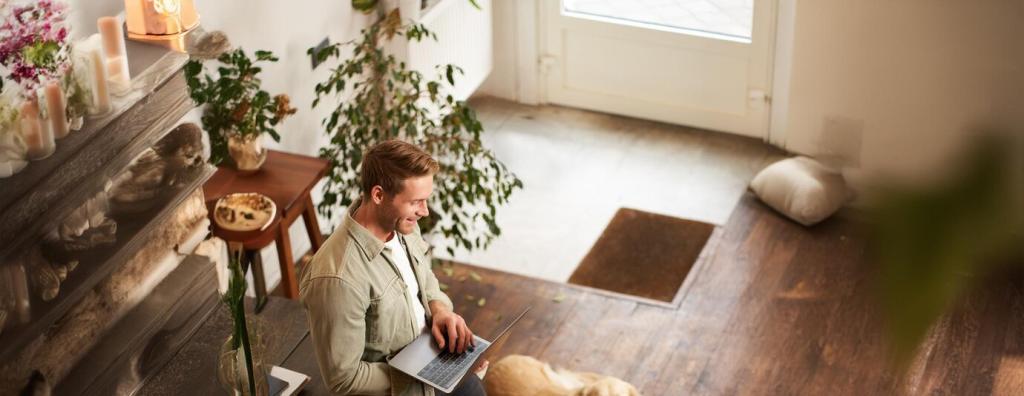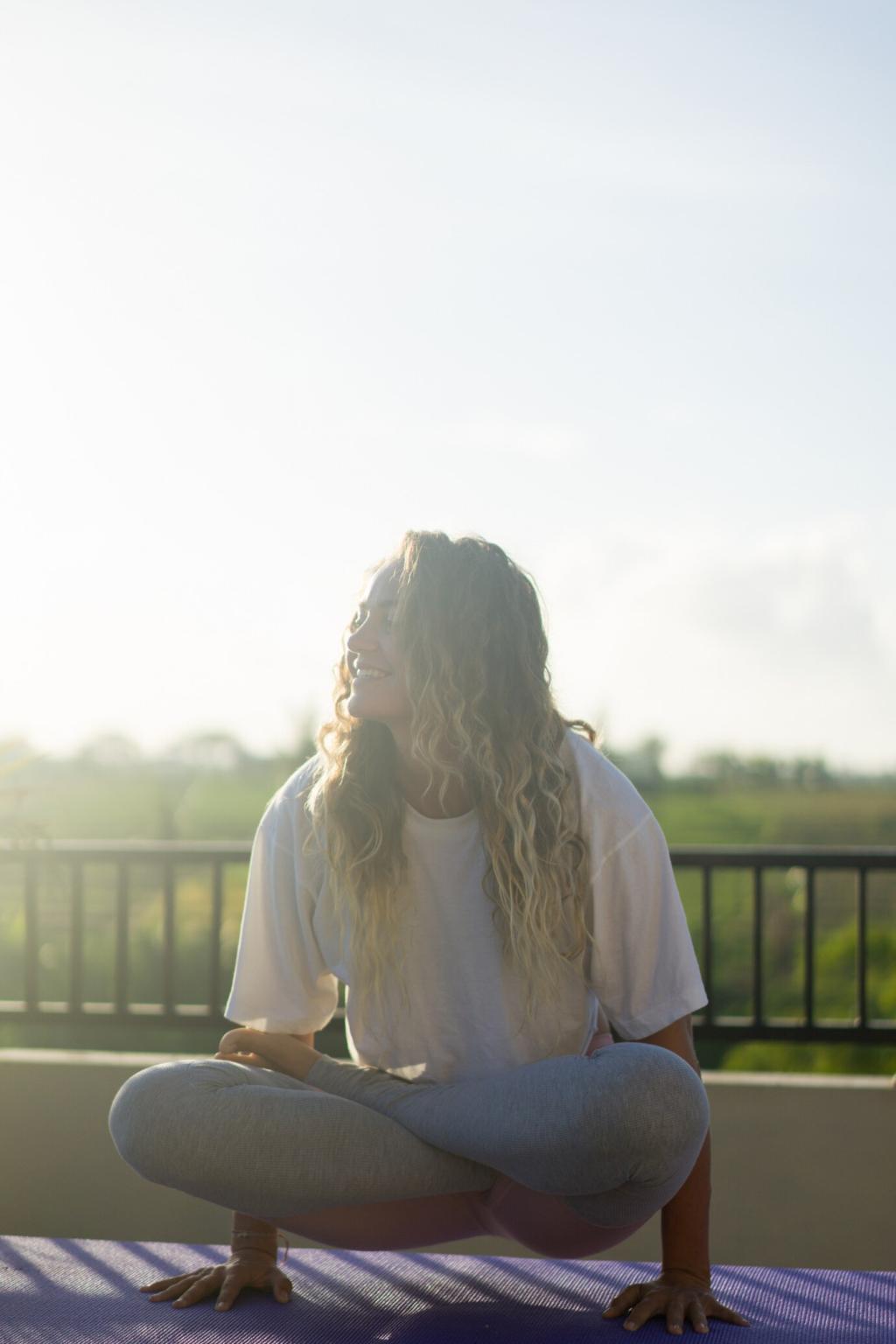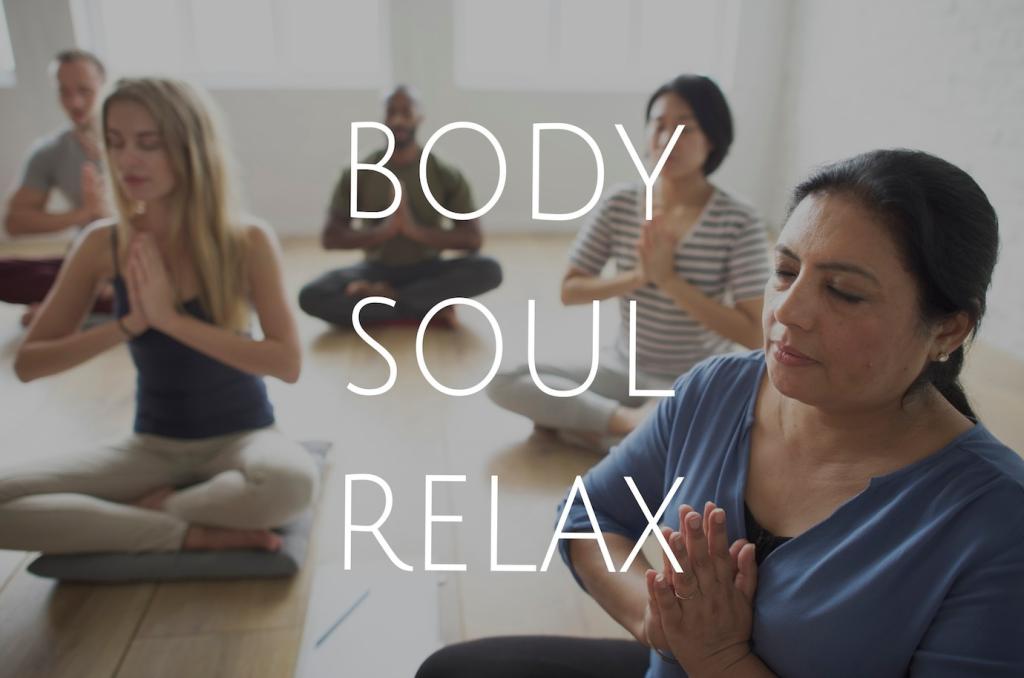Sound, Silence, and the Texture of Quiet
Thick rugs, fabric wall hangings, and upholstered seating reduce reflections that fatigue the mind. Draft stoppers and simple weatherstripping calm street buzz, turning background chaos into a distant, manageable murmur.
Sound, Silence, and the Texture of Quiet
A tiny bell, a wooden clapper, or a short rainfall recording can mark openings and closings. Such cues train the nervous system to associate sounds with peace, making consistency your quiet teacher.



